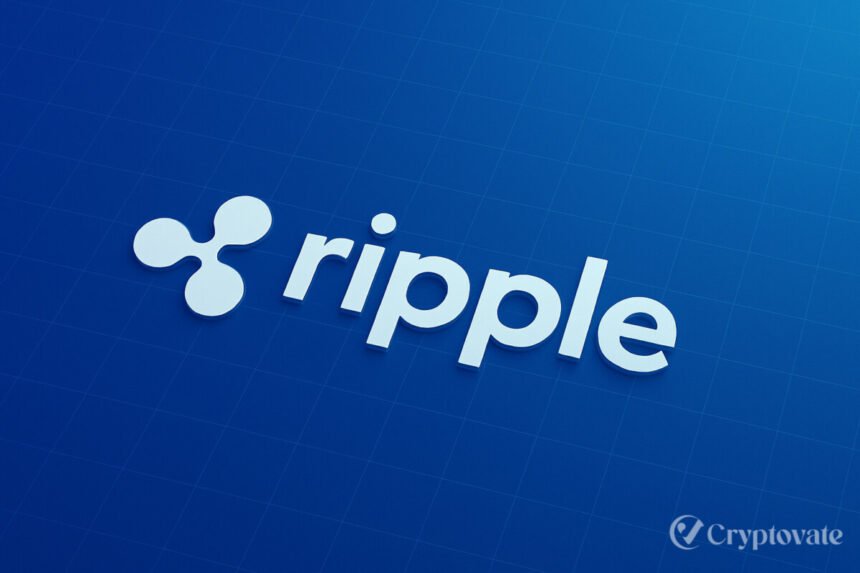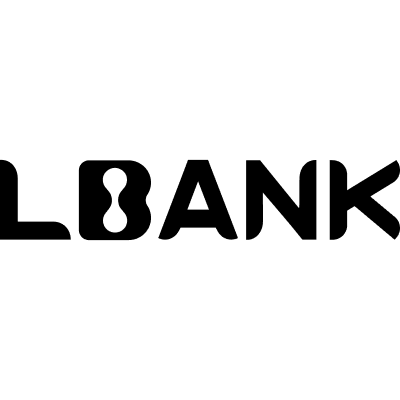– Ad –
| Getting your Trinity Audio player ready... |
In a strategic move to strengthen its global crypto payment solutions, Ripple acquires Rail in a $200 million deal that positions the company to lead in the expanding stablecoin sector. This acquisition comes at a pivotal time as regulatory clarity around digital assets improves and enterprises increasingly demand seamless crypto infrastructure.
The acquisition will significantly enhance Ripple’s capabilities in enterprise-grade stablecoin transactions, especially through its native stablecoin, RLUSD. With Rail’s expertise, Ripple aims to bring virtual accounts infrastructure and smart payment automation to a broader client base. It’s more than just a business deal—it’s Ripple’s blueprint for becoming a dominant player in the stablecoin payments platform race.
Ripple Acquires Rail to Strengthen RLUSD and Virtual Infrastructure
The decision by Ripple to acquire Rail was driven by a shared vision of scaling enterprise-ready crypto services. Rail, a Toronto-based fintech company, handles nearly 10% of global stablecoin payment traffic. Its technology suite includes virtual accounts infrastructure, automated reconciliation tools, and APIs that make stablecoin payments fast, secure, and programmable.
For Ripple, the acquisition enhances the expansion of RLUSD by adding a reliable backend for pay-in/pay-out flows, fiat on-ramps, and embedded compliance features. This is key for businesses seeking efficient crypto settlement systems that integrate easily into their existing finance stacks.
As more companies look beyond speculative trading and into real-world use cases, Ripple’s control over both the stablecoin and the underlying tech stack provides a competitive edge. It simplifies adoption and reduces friction—crucial elements for onboarding traditional enterprises into crypto finance.
Regulatory Clarity and the Future of Stablecoin Adoption
With stablecoin regulations evolving in the U.S. and globally, Ripple’s acquisition comes at an opportune time. Rail’s tools are designed with compliance in mind, enabling Ripple to offer regulated stablecoin payments in key markets.
The deal also signals increasing regulatory clarity for stablecoins, allowing companies like Ripple to operate with greater confidence. Businesses are more likely to adopt crypto infrastructure when the legal framework supports innovation—and Ripple is aligning itself early with this trend.
Moreover, the acquisition enhances Ripple’s global crypto payment solutions, enabling it to compete with incumbents like USDT and USDC not just on liquidity but also on infrastructure, compliance, and user experience.
What This Means for Enterprises and the Crypto Ecosystem
Monica Long, Ripple’s President, emphasized in the official Press Release that the acquisition will allow businesses to integrate crypto capabilities into their services without worrying about backend complexity.
By combining stablecoin payments platform tools with Ripple’s growing RLUSD ecosystem, the company is setting new standards for reliability and scale in enterprise crypto services.
Whether it’s cross-border payments, treasury management, or automated settlements, Ripple is proving that the expansion of RLUSD and enterprise crypto solutions can go hand in hand.
Also Read: Ripple’s $5M Power Play: Igniting Blockchain Innovation Across Asia-Pacific
FAQs
Why is Ripple acquiring Rail important for crypto payments?
It strengthens Ripple’s infrastructure for stablecoin transactions, improving automation, scalability, and compliance.
How does Rail enhance RLUSD?
Rail provides virtual accounts and automated payment tools that support RLUSD’s integration into enterprise finance systems.
Will this impact global crypto payment solutions?
Yes, it positions Ripple as a leader in regulated and scalable crypto payment infrastructure.

















